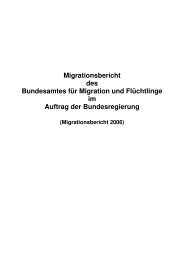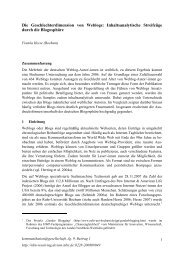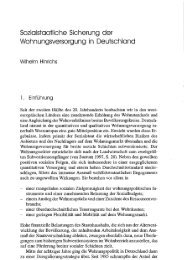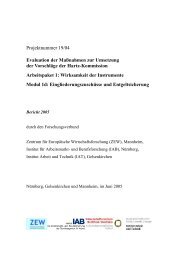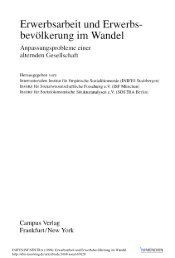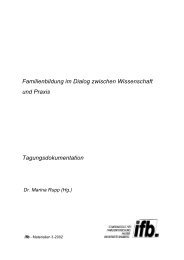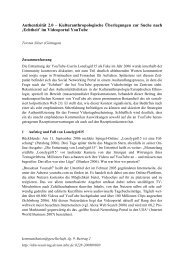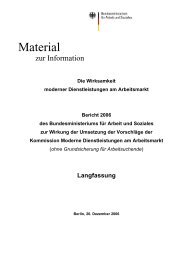Public Financial Management for PRSP - Deutsches Institut für ...
Public Financial Management for PRSP - Deutsches Institut für ...
Public Financial Management for PRSP - Deutsches Institut für ...
Create successful ePaper yourself
Turn your PDF publications into a flip-book with our unique Google optimized e-Paper software.
<strong>Public</strong> <strong>Financial</strong> <strong>Management</strong> <strong>for</strong> <strong>PRSP</strong> Implementation in Malawi<br />
largely incorporated the elements of the Comprehensive Development Framework<br />
(CDF) proposed by the World Bank in 2001. These principles are:<br />
— Country driven;<br />
— Results-oriented;<br />
— Comprehensive;<br />
— Partnership-oriented; and<br />
— medium and long-term oriented (World Bank 2006b).<br />
The principles of country ownership and civil society participation received<br />
particular attention as they – at least rhetorically – put an end to the long<br />
criticised externally defined conditionalities. By June 2006, fifty countries<br />
had developed a full <strong>PRSP</strong> and an additional 13 an interim <strong>PRSP</strong>, with sub-<br />
Saharan African countries accounting <strong>for</strong> 25 full and seven interim-<strong>PRSP</strong>s<br />
respectively (World Bank 2006a).<br />
First developed as an instrument to effectively direct resources freed up by<br />
debt relief to pro-poor purposes, <strong>PRSP</strong>s quickly assumed much broader importance<br />
evolving into key reference documents <strong>for</strong> donor agencies’ support<br />
strategies <strong>for</strong> developing countries. Perhaps most prominently, the IMF replaced<br />
its Enhanced Structural Adjustment Facility (ESAF) with a Poverty<br />
Reduction Growth Facility (PRGF) and the World Bank introduced the Poverty<br />
Reduction Support Credit (PRSC) scheme. But also bi-lateral donors<br />
readily endorsed the <strong>PRSP</strong> approach as a vehicle to shift their support from a<br />
project-based approach to programme-based approaches (PBAs) and budget<br />
support operations.<br />
The <strong>PRSP</strong> thus became the ‘master plan’ <strong>for</strong> development and poverty reduction<br />
in many developing countries. However, to carry out these strategic<br />
plans they have to be translated into medium-term policies and programmes,<br />
which in turn have to be implemented through annual budgets. Successful<br />
<strong>PRSP</strong> implementation thus hinges on a country’s administrative and managerial<br />
capacity to effectively translate strategic priorities into annual budgets<br />
and execute them accordingly, in other words, on the quality of the country’s<br />
PFM system. However, a number of assessments and evaluations of the<br />
<strong>PRSP</strong> approach (e.g. World Bank 2004b; IMF/IEO 2004; Booth 2003) clearly<br />
show that most developing countries lack the required systems and capacities<br />
to implement their strategy papers effectively. All studies conclude that important<br />
improvements in domestic policy processes were made in cases where<br />
German Development <strong>Institut</strong>e 23




